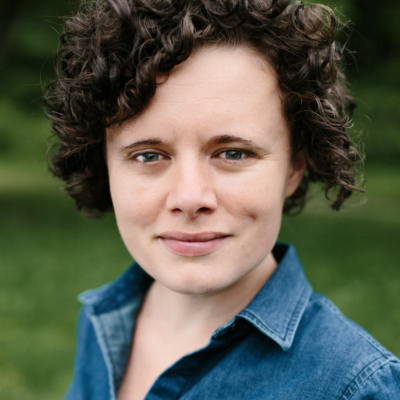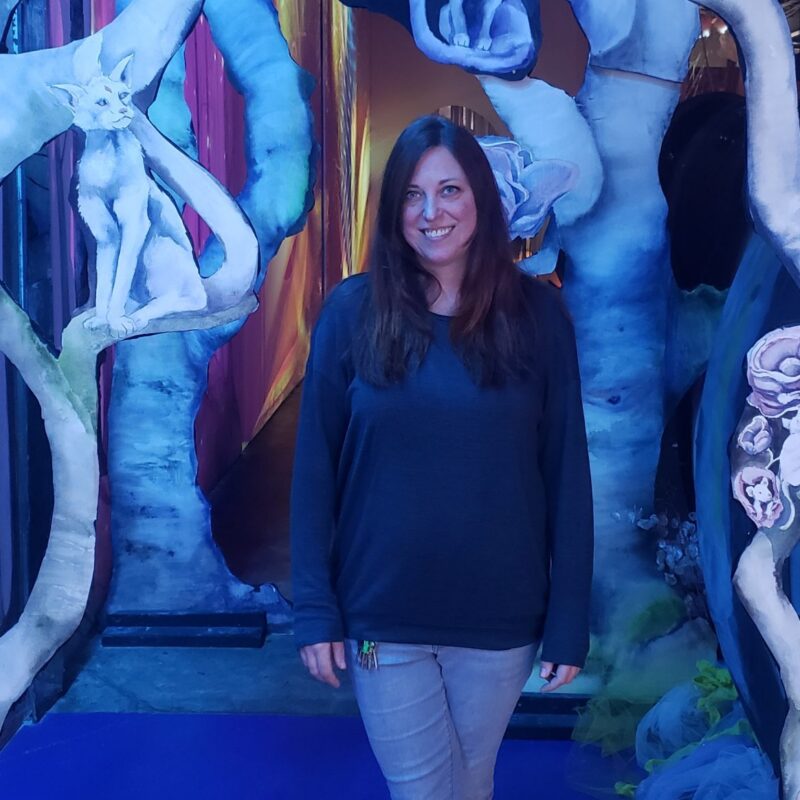UVA environmental science Professor James Galloway returned from a class on the nitrogen cascade [pdf] in February to find a strange message on his voicemail, a man saying he would call back at 1:30pm. “Every now and then I get prank calls from people with solutions to pollution and things like that, so I was going to vacate my office.” But then he googled the number and up popped the Four Seasons Hotel in Beverly Hills. “I have to admit I got curious.” So he was there in his office when Neal Sullivan called to tell him that he was a 2008 co-winner of the Tyler Prize.
The Tyler Prize is a big deal in the environmental sciences world, comparable to the Nobel Prize. “Never in any stretch of the imagination would I have imagined that I would have won that.” Galloway and his extended family flew out to Beverly Hills in April for the award ceremony. The Tyler Prize comes with $200,000, half of which goes to Galloway for whatever he wants to do with it. Galloway plans to put the money towards further nitrogen-related research.
 Considering the event was in Beverly Hills, perhaps James Galloway planted the seeds for a new documentary, An Inconvenient Cascade, when he was awarded the Tyler Prize for his nitrogen research. |
Galloway won the award along with Stanford Professor Harold Mooney for his work on the nitrogen cascade. Global warming fears have lead to an increasing understanding of humanity’s “carbon footprint,” but we have a nitrogen footprint as well. In its gaseous state, nitrogen makes up 78 percent of the atmosphere, but humans have gotten increasingly good at converting nonreactive nitrogen, largely in order to make fertilizer. That’s been useful for food production, but a growing body of research shows that’s not so good for ecosystems.
One of Galloway’s chief contributions is to explain the damage a single atom of reactive nitrogen, released from your tailpipe while driving to work, can do. It’s carried into the atmosphere, contributing to smog. Then it’s deposited in a forest, where it acidifies the soil and kills off some plants, and then is carried into a river, where it kills off some fish and insects. It’s carried to the ocean, where it creates dead zones, and finally is converted into a greenhouse gas that depletes the ozone. “That one nitrogen atom that I put into the atmosphere today driving to work has the potential to contribute to all those effects in sequence, and that’s the nitrogen cascade.”
“The world has its nitrogen footprint, countries do, states do and people do,” Galloway says. “My footprint is controlled in part by how much fossil fuels I burn to heat my house, the kind of foods I eat and where they came from, and what I do with my waste.” Of particular concern is what type of food you eat, and how much—a lot of reactive nitrogen comes from the rear ends of hogs, for instance. The more pigs in the world, the more reactive nitrogen.
Forty years ago, Galloway was on a path that might have led to the Charlottesville farmer’s market as opposed to academic awards. After graduate school in California, he moved to Lexington, Virginia, with his wife and another couple to run a natural food store for six months—and went bankrupt. “In those days, not too many people were buying soy beans in Lexington.”
He and his wife turned to pottery making, turning an old pool hall into a craft cooperative, and were about to purchase a mountain farm when he got a letter from a Cornell professor offering Galloway a post-doc to work on acid-rain research. “I was getting a little frustrated with having to make 100 plates at a time and not being able to do science.”
C-VILLE welcomes news tips from readers. Send them to news@c-ville.com.





